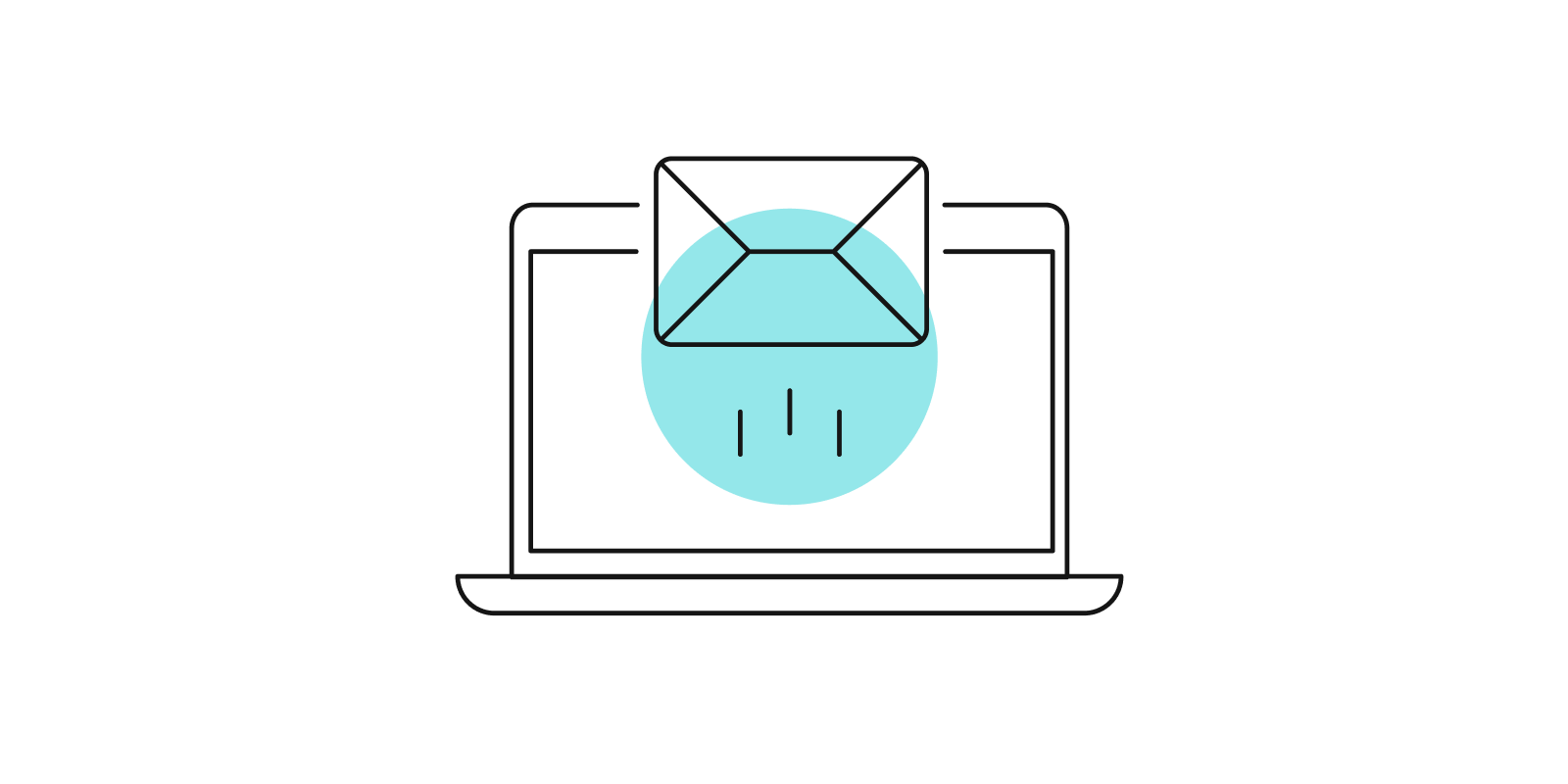
Voices of Innovation: A Q&A Series on Generative AI - Part 4

Using technology to improve teaching and learning is in Pearson’s DNA. As the first major higher education publisher to integrate generative AI study tools into its proprietary academic content, Pearson is excited to be harnessing the power of AI to drive transformative outcomes for learners. We are focused on creating tools that combine the power of AI with trusted Pearson content to provide students with a simplified study experience that delivers on-demand and personalized support whenever and wherever they need it.
In this multi-part blog series, you’ll have a chance to hear about AI innovations from Pearson team members, faculty, and students who have been involved with the development and rollout of Pearson’s AI-powered study tools.
Part IV of our series on AI features Professor Jeff Bradbury, an educator at Cerritos College in Norwalk, California, who has begun using AI in his classroom and sees its potential to enhance learning.

ChatGPT and AI technology is a hot topic across many college campuses. Polarizing ideas, theories, fears, and promises about the impact of generative AI seem to grab the most attention. What is your take on this interesting time in education?
I am a chemistry professor at a two-year college in Southern California. I first heard of ChatGPT from a good friend about 18 months ago. Since then, AI has exploded.
Many educators fear that students will use ChatGPT to cheat or write their papers without detection. I asked my students last semester how many had used AI. Several students said things like, “I would never do that; to use AI would be cheating!”
My driving principle is to use AI to enhance the education of my students, not to replace the education of my students. There is tremendous potential for increasing student knowledge, understanding and skills.
I remember when my grandfather, who worked for UNIVAC in the 1950s to 1980s, brought me a little device that could do math!
Calculators first started being used in the 1970s in my 7th grade math class. Oh, did my teachers complain!
My chemistry teacher feared that we would lose critical thinking skills because we didn’t need to use a slide rule anymore. What he did not complain about, though, was that he enjoyed an extra three weeks each year that he would not be using to teach the slide rule. Instead, he could now teach us more chemistry!
AI is analogous to the calculator, but it is much larger in impact of course. In both cases, technology allows us to do something bigger and better.
How do you think AI can contribute to personalized learning in higher education? Are there any specific areas or subjects where you see AI having the greatest impact?
I would like to think over the top of the negatives of AI for a minute and dream big. (Such dreams, of course, will be obsolete in a few weeks!)
In the future, AI may allow us to experience learning in new ways by creating simulations or immersive scenarios.
I imagine what it might be like to create simulations of chemical reactions with AI. Today my students mix two chemicals and observe a color change. Sure, it is cool, but the students only see a chemical change from the outside in the form of color change. They must infer it is a chemical reaction.
What if AI and spatial computing, VR, or AR goggles allow us to get inside the test tube! What if my students can experience the chemical reaction at the molecular level, just like the students do on The Magic School Bus, only it is not my students watching Ms. Frizzle’s class in the test tube, we are inside the test tube.
The students would experience what is going on at the submicroscopic level and watch what the molecules are doing. Students would be able to manipulate certain variables and see how each variable affects the way the molecules react. Let’s add a little bit more of reactant A and see how that affects what we produce. Or let’s increase the temperature by ten-degree increments and watch how the molecules move faster and collide more frequently. Now let’s freeze those two molecules and see just how they react. Students could try their own reactions and see what happens, without blowing up the chemistry lab!
The students could get to the deeper conceptual level of learning very quickly. A company like Pearson can add value by using AI to develop this kind of 3-D content that gives students a truly immersive experience. Students would develop an intuition for chemistry at the molecular level much quicker.
AI also has been used to implement some pretty good “data mining” tools that allow for the deep analysis of data, finding patterns, developing predictive models, and testing those models.
My description barely does the tool justice, but as an educator, these kinds of tools cause me to ask: “What types of skills will my students most need to succeed in the coming years?”
I have a collection of chemistry textbooks from the 1940s and 50s. The kind of laboratory experiments students did back then changed significantly as chemical knowledge and applications progressed. But I must admit that most of the experiments and chemical content is the same today as it was when I was in high school 40 years ago.
We need to think deeply about the laboratory skillset and critical thinking skills students will need to become the next generation of scientists, engineers, and medical workers.
Using an AI-powered data mining tool, students could be given a set of data and learn to ask good questions that organize and analyze that data. Then they will be making models that have a predictive power and modifying those models.
Students soon will not just be learning about science. They will become scientists in the classroom setting. We have been talking about this transformation of the student for many years. AI tools can help make it happen.
Just take the genome data, for example. Scientists have generated huge amounts of data over the last several years. We can help students learn how to ask questions about this data.
Again, a company developing AI-powered tools like Pearson could curate data sets and create lessons or experiments designed to help students learn to pose good queries and organize and analyze data and develop predictive models. Who knows, maybe a student in some high school classroom will make some significant discovery.
You've had the opportunity to utilize Pearson's AI-powered study tool in Mastering® Chemistry and within Pearson's eTextbooks, what were some of your initial impressions? What role can tools like these play in personalized learning experiences for students?
From an educator’s perspective, the big benefit of a company like Pearson is that it can curate reliable content. The trust users have in a company like Pearson is a huge asset.
I have used ChatGPT and frequently found that it gives inaccurate answers to my questions. AI still has to be taught.
But when my students use the AI study tool with the Pearson eTextbook, they can be confident that the content is more accurate. I cannot state how important it is that my students can have confidence in a tool from Pearson because it is tied to a reliable content base that has far greater accuracy.
I look forward to the day when all of Pearson’s textbooks are tied together, and the students will then have even greater access to content. I like to use the AI study tool connected to the eTextbook myself. It is so much faster for me to just ask the tool a question and not need to turn to the index of the hard copy!
Often a top student will ask me a question to which I don’t know the answer. I would love it if, when I went to the Pearson AI study tool with a question beyond the scope of the assigned textbook, instead of it replying “Unfortunately, the provided book information does not contain any information on…” the AI tool said, “Would you like me to look up your question in our Advanced Inorganic Chemistry text?” YES!
Can you share an example of how the AI-powered study tool has been used by your students to enhance individual learning or improve independent study? Do you find that your students have been more engaged with Mastering and eTextbooks?
I am just beginning to find ways to get my students to use Pearson’s AI study tool connected to the eTextbook.
I have had my students use the tool to ask specific questions. For example, I am not available at all hours of the day (and night) to my students. I envision a student sitting at 2:00 a.m. working on a chemistry problem and getting stuck. Now the student can simply ask the AI study tool in the eTextbook, and it is like having a personal tutor. I sure wish I had that back in my classes.
The AI study tool can also reverse the process and be set up to ask the student questions. One of the big problems with students is that they don’t know what they don’t know. But now they can have the AI study tool to ask them questions. This is different from just answering questions in the book the old-fashioned way. AI can be adaptive and tailor explanations to the specific student’s needs, which can go a long way in helping students gain needed knowledge and build their confidence.
What strategies or best practices would you recommend for faculty looking to effectively leverage AI and its potential in higher education classrooms?
Well, I recently used ChatGPT to translate a letter that I wrote from English to Vietnamese. I asked my Vietnamese friend who I wrote it for how it read, and he said that it was pretty good but needed some work on grammar and diction.
That experience made me think about how many English learners are in a chemistry classroom. Over half of my students are not native English speakers. With AI, as it gets better, a company like Pearson could provide content (Pearson probably already is!) in any language. And students could use the AI tool to ask questions or get a summary or be queried themselves in their own language, again with accuracy.
When it comes to writing and the use of AI, I am still trying to figure out how best to have students use the tool, but not as a substitute for their own writing. My good friend has challenged my thinking on this issue. He is a training consultant for major tech companies. He frequently uses AI to assist him in writing better communications, such as emails, to get his ideas across in the most effective way possible.
What does that mean for students?
As I think back to the calculator, I still had to learn how to add and subtract by hand. Then I could use the calculator. I still think students need to learn to write and communicate well, but AI could be a tool in helping them become more effective communicators.
Instead of rejecting AI because of potential uses for cheating, we should use AI to help us learn to communicate better.
I would like to have students give more oral presentations of their knowledge. It is one thing to write or answer written questions; explaining something with the spoken word requires quite a different level of demonstrating knowledge. But we just don’t have the time to give an oral exam to each individual student.
Soon, I imagine, we will be able to have the student submit a video of their presentation to an AI tool, which will analyze it according to a rubric, give feedback to the student, and then ask the student follow-up questions. This could help students develop their understanding of concepts, to communicate their knowledge, and to increase confidence at a whole new level.
A few of my best students are already harnessing AI in ways I did not imagine possible just a few months ago.
Recently, a student showed me how to drop a large pdf into ChatGPT. He was then able to ask the tool to summarize portions of the content and ask questions about it. It is cool when students use their creativity to make a tool like AI work for them to learn more efficiently, communicate better, and create more.
Why not have those brilliant students use their creativity to come up with ways to use AI to learn in new and deeper ways? The creativity required to do that is one of the highest skills we need to help our students develop.
I agree, there are large caution signs regarding AI, but we can use AI for a tremendous amount of good learning. The act of developing tools and creatively utilizing those tools to promote human learning and flourishing is one of the most significant aspects of what it means to be human in the first place.


